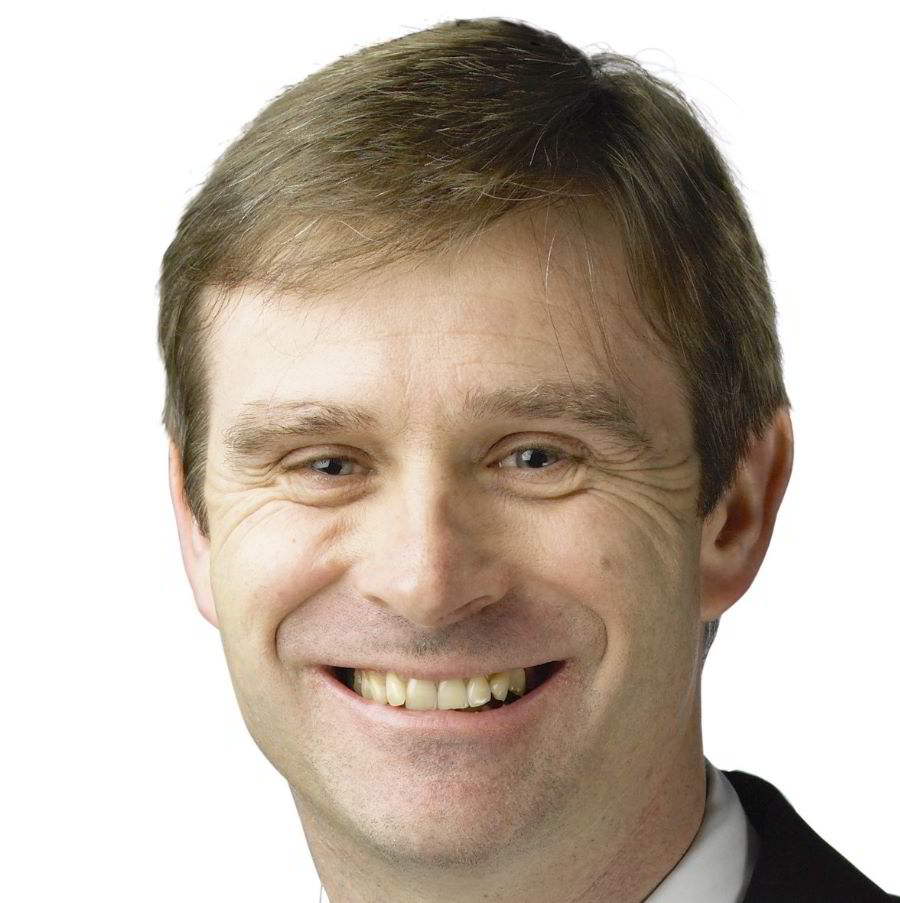British Grand Prix Preview Q+A – Pascal Vasselon
 |
| Pascal Vasselon |
So, Silverstone is all about speed?
Yes that is true, however there is a kind of paradox at Silverstone because it is a circuit which requires high aerodynamic efficiency and the average speed is high but it is still all about corners; albeit very fast corners. It is not like Monza, which is high speed but all about the long straights, so it is not the case that good top speed will automatically deliver fast lap times.
What special demands does the Maggotts/Becketts complex place on the car and driver?
This section is technically difficult for the drivers because it starts very quick and gets a little tighter, with several very high-speed changes of direction. As with all circuits it is important to have good ultimate grip but at Silverstone the car's transient handling is a dominant factor as well, and that is largely due to this section of track. It is crucial that a driver feels confident with the direction changes at high speeds so we focus a lot on making the car very drivable through this section.
How does this section affect the tires?
These corners are very demanding for the tire construction because they are long and are taken at high speed, which means very high loads. Nowadays we don't need to worry too much about that, we just have to optimize tire pressures and camber to make sure we don't overstress the construction. But when we had competition between tire manufacturers it was a real concern because the tires were operating closer to their limits. From a tire point of view, as with the chassis at Silverstone, stability factors like cornering stiffness are actually just as important as ultimate grip.
Does a fast circuit like Silverstone suit the TF109?
We expect to be strong there because the lay-out should suit our package. So far this season we have been extremely competitive at tracks which require high aero efficiency so we are optimistic for Silverstone. Turkey was a return to form for us so we expect to build on that performance and deliver a genuinely competitive car this weekend.
How did the team achieve such a big improvement from Monaco to Turkey?
First of all, Monaco is a one-off combination of track lay-out and racing environment so we were confident the problems we had there would not be repeated in Turkey. But still we had question marks about whether we could regain our level from earlier in the season, simply because our race in Spain was ruined at the first corner and then we had Monaco so it was difficult to judge. We put in a huge amount of effort at the factory to improve global performance and also develop solutions to the Monaco issues we have identified. As with most races, we brought some new parts to Turkey, updating several key elements of the car, and these worked very well, giving us a good step. It was especially satisfying to be most competitive in the slow-speed sections of the track. We have planned for continuous development throughout the season and so far we are able to maintain the targeted development pace.
The first half of the season is coming to a close, from a technical point of view, has it gone as expected?
We are more or less where our estimation of pre-season testing told us we would be; in the top three. We have made a good start and we are fighting at the right end of the grid, with three podiums and third place in the Constructors' Championship. It has been very promising and we are clearly in the right ball park but we still have bigger targets we want to achieve this year so we are not satisfied. Even though we are in the top three in terms of performance we are still missing a little in order to be systematically contending for victory. That is our target and we are working hard to close the gap.
Looking generally at the TF109, are you satisfied with the direction Toyota took with the car?
Obviously our performance during winter testing and at the start of the season shows we took the right direction with the TF109 from the very start of the concept phase. There has been no need to revisit our original concept and, even though we needed to work on some solutions after Monaco, I would say there are no fundamental problems with the car. So I have no regrets with the way we have conducted development of the TF109. It gives us a very competitive baseline and the challenge now is simply to extract even more performance from this package by improving efficiency.
This is the last scheduled British Grand Prix at Silverstone; will you be sorry to see it go?
Even a Frenchman who has Magny-Cours in his heart has to be sad to lose Silverstone from the Formula 1 calendar because it is such a big part of our sport's history. Silverstone without any doubt is part of the legend of Formula 1 and its lay-out is in the same league as Spa or Suzuka in that it really challenges a driver. It is a legendary circuit so I will miss it, even if you generally have good reason to be frustrated with the weather there. The first time I visited Silverstone was about 15 years ago as a tire manufacturer support for a touring car race. We had 42°C ground temperature – I remember that very well because we had no tire spec available to cope with those temperatures!
